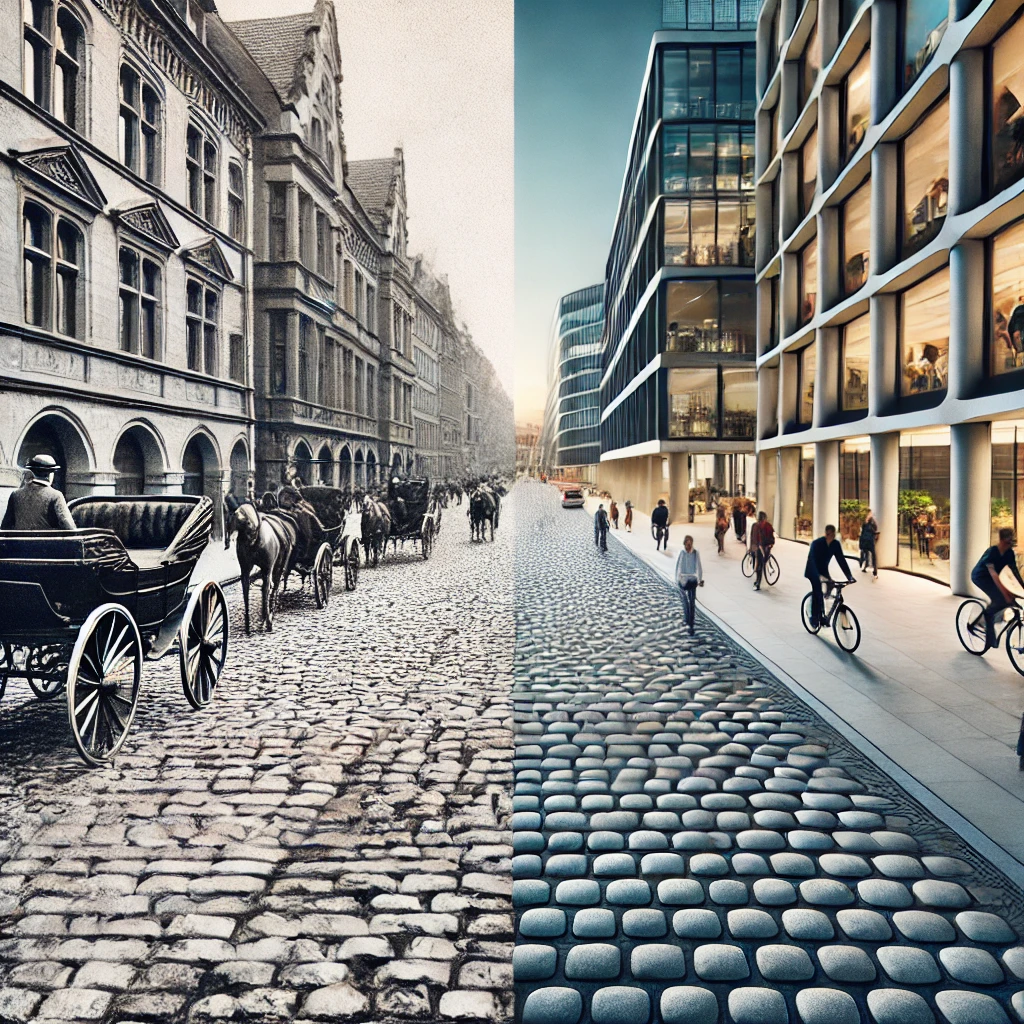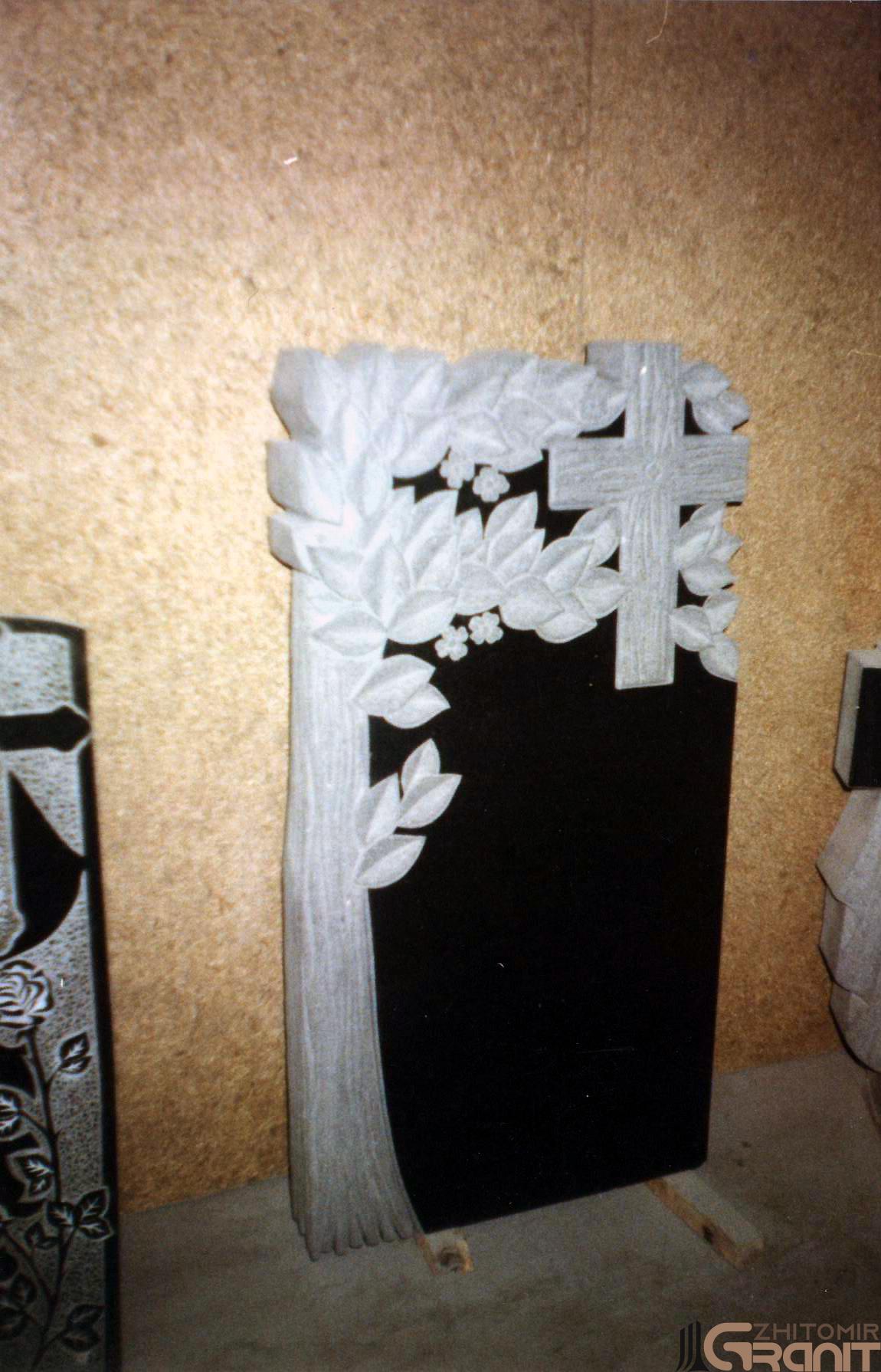Articles
Paving stones yesterday and today

The history of granite paving stones
Granite paving stones are a material that has a long history of use. In ancient times, it was discovered that granite fragments naturally tamped under the feet of people, horses and machinery formed perfect paths that did not leave puddles after rain. The high strength of granite made it indispensable for creating durable roads that remained in excellent condition for thousands of years.
Ancient roads made of granite
- Egyptian roads - The granite paths leading to the pyramids have survived to this day, demonstrating the skill of the builders of Ancient Egypt.
- Mayan roads - The system of granite roads in Central America ensured convenient movement in any weather.
- Roman roads - High-quality granite roads that covered the territory of the entire Roman Empire. Thanks to their perfectly flat surface, they facilitated the movement of horses and carts.
Roman roads remained functional even after the fall of the empire. They did not become impassable during rains and served as an example of engineering art for centuries.
Paving stones today: a new revival
Modern granite paving stones are experiencing a rebirth. Although asphalt concrete and decorative tiles have become the main materials for paving, their disadvantages - fragility, slipperiness after rain, toxicity - have returned interest in natural stone. Granite paving stones are a combination of aesthetics, durability and environmental friendliness.
Advantages of granite paving stones
- Durability - Granite is highly durable and retains its properties for centuries.
- Environmental friendliness - Absolutely natural material that does not emit harmful substances.
- Aesthetics - The paving stones add nobility and elegance to the architectural ensemble.
- Moisture transmission - Thanks to the gaps between the stones, water quickly penetrates the soil, preventing the formation of puddles and ice.
- Resistance to contamination - Granite does not interact with liquids and retains its original appearance even when heavily soiled.
- Ability to create patterns - Thanks to the different shapes and colours of the stone, unique designs can be created.
- Cost-effectiveness - Despite the initial high cost, paving stones require minimal maintenance and repair, which makes them more profitable in the long run.
- Easy to repair - Damaged tiles can be replaced without compromising the integrity of the coating.
- Unpretentious to the surface - Paving stones can be laid even on slopes or uneven surfaces.
- Safety for health - It does not slip after rain and ensures safe movement of pedestrians and vehicles.
Types of granite paving stones
Modern technologies allow us to create different types of paving stones depending on the processing method:
- Kolota - It has an uneven surface that gives a natural look.
- Sawn - With a smooth surface, it is ideal for high-traffic areas.
- Chipped and sawn - It combines roughness and precision.
- Stabbed and rolled - It has rounded edges that add softness to the design.
- Sawn and rolled - Combines smoothness and softness of rounded edges.
The use of granite paving stones
Paving stones are used for:
- Paths in private yards and parks.
- Arrangement of squares, streets and pedestrian areas.
- Decorative design of the areas around the buildings.
How to choose granite paving stones
- Consider the type of surface
- For pedestrian areas, sawn or sawn and rolled paving stones are suitable.
- For car parks and driveways, choose chipped or sawn paving stones.
- Pay attention to the colour
- Light shades look impressive but require more frequent maintenance.
- Darker shades are more practical.
- Choose a form
- Classic rectangular tiles are suitable for strict designs.
- Non-standard shapes add uniqueness.
Conclusion.
Granite paving stones are a combination of aesthetics, durability and practicality. It has withstood the test of time and today remains the best option for arranging roads, sidewalks and decorative areas. Due to the variety of shapes and shades, paving stones allow you to implement any design ideas, while ensuring reliability and comfort.











